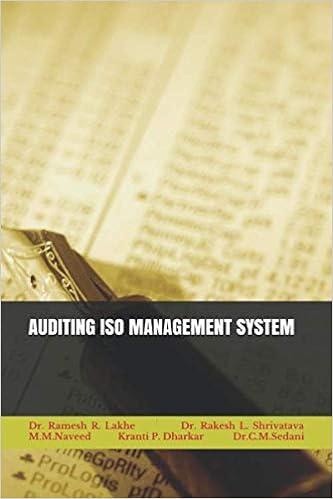





Problem 5-4AA (Algo) Perpetual: Alternative cost flows LO P3 Montoure Company uses a perpetual inventory system. It entered into the following calendar-year purchases and sales transactions. Units Sold at Retail Jan. Units Acquired at Cost 645 units @ $45 per unit 490 units @ $42 per unit 245 units @ $27 per unit Date Activities 1 Beginning inventory Feb. 10 Purchase Mar. 13 Purchase Mar. 15 Sales Aug. 21 Purchase Sept. 5 Purchase Sept. 10 Sales Totals 890 units @ $75 per unit 145 units @ $50 per unit 635 units@ $46 per unit 780 units @ $75 per unit 1,670 units 2,160 units Required: 1. Compute cost of goods available for sale and the number of units available for sale. Cost of goods available for sale Number of units available for sale units 2. Compute the number of units in ending inventory. Ending inventory units 3. Compute the cost assigned to ending inventory using (a) FIFO, (b) LIFO, (C) weighted average, and (c) specific identification. (For specific identification, units sold consist of 645 units from beginning inventory, 390 from the February 10 purchase, 245 from the March 13 purchase, 95 from the August 21 purchase, and 295 from the September 5 purchase.) Compute the cost assigned to ending inventory using FIFO. (Round your average cost per unit to 2 decimal places.) Perpetual FIFO: Goods Purchased # of units unit Cost per Cost of Goods Sold # of units Cost per cost of Goods Sold sold unit Date Inventory Balance Cost per Inventory # of units unit Balance 645 @ $ 45.00 = $ 29,025.00 Jan 1 Feb 10 Mar 13 Mar 15 Aug 21 Sept 5 Sept 10 Totals Perpetual FIFO Perpetual LIFO > Compute the cost assigned to ending inventory using LIFO. (Round your average cost per unit to 2 decimal places.) Perpetual LIFO: Goods Purchased # of Cost per units unit Cost of Goods Sold # of units Cost per cost of Goods Sold sold unit Date Inventory Balance Cost per # of units Inventory unit Balance 645 @ $ 45.00 = $ 29,025.00 Jan 1 Feb 10 Mar 13 Mar 15 Aug 21 Sept 5 Sept 10 Totals Compute the cost assigned to ending inventory using weighted average. (Round your average cost per unit to 2 decimal places.) Weighted Average Perpetual: Goods Purchased Date # of units unit Jan 1 Cost per # of units sold Cost of Goods Sold Cost per Cost of Goods Sold unit Inventory Balance Cost per # of units Inventory unit Balance 645 @ $ 45.00 = $ 29,025.00 Feb 10 Average Mar 13 Mar 15 Aug 21 Average Sept 5 Sept 10 Totals Compute the cost assigned to ending inventory using specific identification. For specific identification, units sold consist of 64 from the February 10 purchase, 245 from the March 13 purchase, 95 from the August 21 purchase, and 295 from the Septem cost per unit to 2 decimal places.) Specific Identification: Goods Purchased Cost of Goods Sold Date # of Cost per # of units units unit sold unit January 1 February 10 Cost per cost of Goods Sold Inventory Balance Cost per # of units Inventory Balance unit 645 @ $ 45.00 = $ 29,025.00 March 13 March 15 Aug 21 Sep 5 Sep 10 4. Compute gross profit earned by the company for each of the four costing methods. (Round your average cost per unit to 2 decimal places.) FIFO LIFO Weighted Average Specific Identification Sales Less: Cost of goods sold Gross profit 5. The company's manager earns a bonus based on a percent of gross profit. Which method of inventory costing produces the highest bonus for the manager? Weighted Average OLIFO O FIFO Specific Identification












